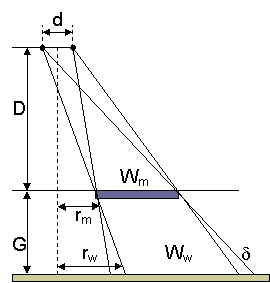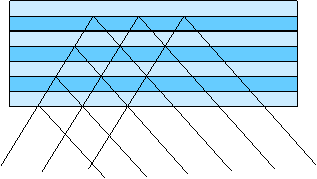-
X-Ray Lithography
-
Wavelength very low - lower than a few nm
-
Resist, usually PMMA, is exposed through an x-ray mask in proximity or in contact with the wafer.
-
This technique has the advantage that very high aspect ratios can be achieved, since the x-rays are highly penetrating.
-
The wavelength of an x-ray is given by λ = 1.2/E(keV), so one would expect higher energies to be more desirable. However high energies can mean also damage on the film, special resist, etc.
-
Blur, caused by the excitation of photoelectrons and the associated shower of secondary electrons limits the patterning ability to about 20 nm.
-
XRL has been applied to MEMS, where the high aspect ratio is a distinct advantage.
- X-ray sources
- 2 sources of creating X-rays:
- Electron bombardment
- Laser
- Synchotrons are also used for X-ray




|
|
